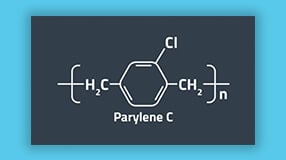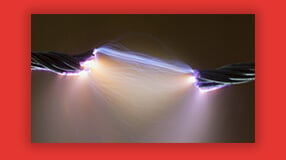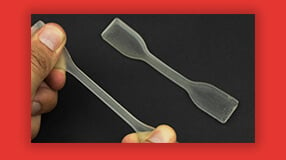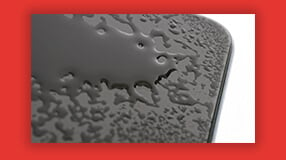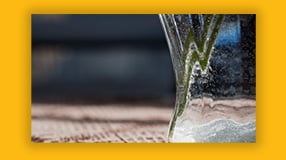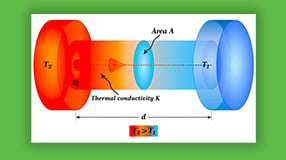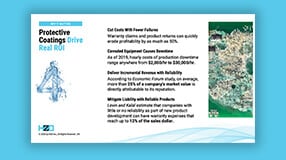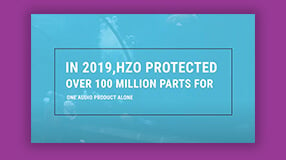UL94 Coating Material - Testing Method, Material Selection
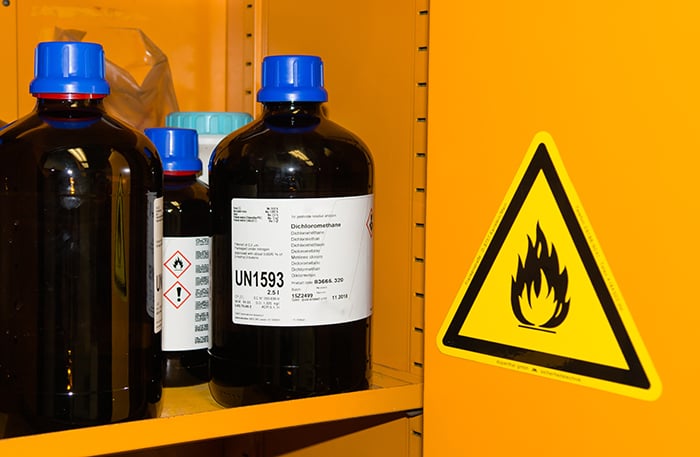
Fire safety compliance is an indispensable aspect across various industries. One crucial benchmark in fire safety compliance is UL94, a widely recognized standard for flammability testing of plastic materials. By evaluating the flammability characteristics of different materials, UL94 ensures that products meet the required safety standards and regulations.
What is UL94?
UL94 is a standard for evaluating plastic materials' flammability in various industries. It provides an objective and reliable assessment of the fire resistance properties of these materials.
UL94 is an abbreviation for Underwriters Laboratories Standard 94, first introduced in 1972. Underwriters Laboratories (UL) is a global safety certification company that tests and certifies a wide range of products for their safety and performance. UL94 is one of the many standards developed by UL to ensure the safety of products and materials.
The role of this standard in product and material safety assurance cannot be overstated. It helps engineers and manufacturers identify potential fire hazards by clearly demonstrating materials' flammability properties. This information mitigates risks and leads to the development of safer products.
Flame ratings, such as V-0, V-1, V-2, HB, etc., indicate a material's ability to self-extinguish or resist flame propagation. Materials with higher flame ratings provide greater confidence in the product's safety and fire resistance. Understanding these ratings is essential in assessing the fire performance of materials and ensuring their compliance with safety standards; therefore, accurate data is critical.
Learn about other standards, such as Ingress Protection Standards and NEMA ratings.
Testing Methodology
The UL94 testing methodology is a standardized procedure used to determine the flammability characteristics of materials. The UL94 testing methodology subjects test specimens to controlled flame exposure, providing valuable information to manufacturers, regulators, and consumers.
Several test methods are used in testing, including vertical burn, horizontal burn, and others. Each test method simulates specific fire scenarios and assesses different aspects of a material's flammability. Before testing, specimens are prepared according to particular requirements. This preparation includes cutting them into proper dimensions, removing any surface coatings, and ensuring consistency in sample preparation across different tests.
UL94 testing occurs under specific standard test conditions, such as ambient temperature and flame duration. These conditions simulate real-life fire scenarios and allow for reliable material comparisons. Flame ratings are assigned based on specific criteria, such as the material's ability to self-extinguish within a particular time frame or its resistance to flame propagation. These criteria vary depending on the test method applied.
Material Selection
Understanding the relationship between material characteristics and fire resistance is crucial when choosing suitable plastic materials. UL94 testing helps engineers evaluate different materials' flammability, ignition, and burning characteristics to select the most appropriate options, ensuring that the chosen materials meet safety requirements and minimize potential risks.
When selecting coating materials for specific applications, there are several key considerations. These include the intended use, environmental conditions, mechanical properties, and chemical and fire resistance. A comprehensive understanding of UL94 test results enables engineers and designers to make well-informed decisions regarding material selection. If you are looking for a UL94-rated protective coating material or have questions for our engineering team, please contact us today. Or you can learn more about thin film protective coating properties, such as dielectric constant, Young's Modulus, biocompatibility, and glass transition temperature.
Tensile Strength at Yield - Testing, Standards, Specs, Material
Polymer Glass Transition Temperature - Material Properties, Impact
Dielectric Constant of Insulator Materials: Formula, Table of Values
Mallory is a veteran writer with over a decade of writing experience and has spent over five years at HZO learning about coating technology from the best minds in the industry. Professionally, Mallory is especially interested in the process of problem-solving and watching how the engineering team develops solutions that ensure business requirements are met. Over her years at HZO, Mallory's writing has been cited in industry whitepapers, including "Parabolic Model for Optimum Dry Film Thickness (DFT) of Corrosion Protective Coatings" and "Universal Approach to Integrating Reduced Graphene Oxide into Polymer Electronics." All of Mallory’s blogs are reviewed for accuracy before publication.
Additional Resources

Understand the Capabilities of Thin Film Coatings With Our Resource Page
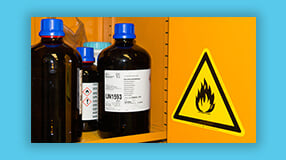
Understand UL94 Rating - Testing, How to Choose a Material, and More

What's the Difference Between Hydrophobic Coatings and Hydrophilic Coatings?

Dielectric Constant of Insulator - Materials, Formula, Table of Values
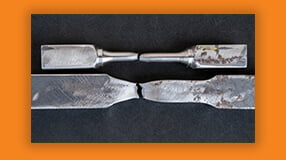
Tensile Strength at Yield - Testing, Definition, Material Selection
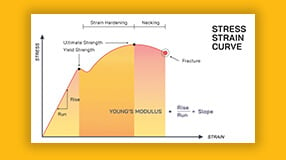
Young's Modulus of Polymers - Measurement, Calculation, Material Selection

Volume Resistivity - Definition, Measurement, Implications For Product Design

Polymer Glass Transition Temperature – Material Properties, Impact

What is Coefficient of Linear Expansion? Formula, Units & More
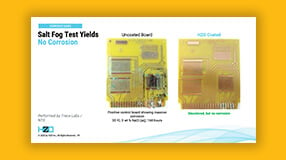
Learn About the Thin Film Coating Properties and Processes In Our Webinar

The Difference Between "Hydrophilic and Hydrophobic" Coating Properties
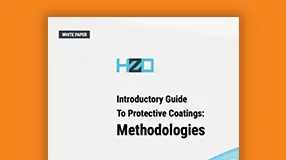
Learn about Protective Coating Methodologies With Our White Paper


